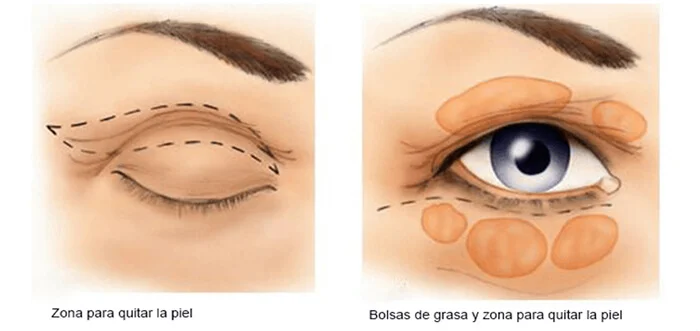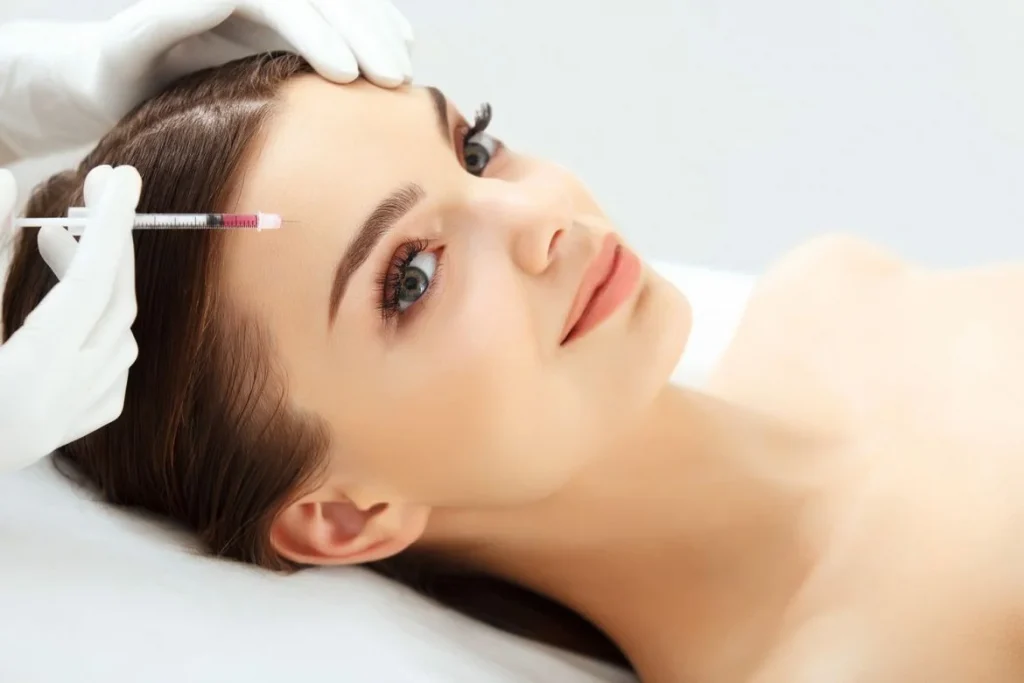The eyelids and eyes are one of the most important parts of the face for interpreting emotions and they help us recognize the person in front of us. We do it automatically, our brain takes care of it, and it is a very efficient system. So much so that, if they show us photos of eyes with their eyelids, we can generally distinguish whether they are from a young person, a child, an adult or an elderly person.
Sometimes a young person has an eye-eyelid combination that gives them an older appearance and vice versa, although it is normal for the eyes to be in line with our age.

There are certain patterns that our brains recognize as those of “tired” eyes and therefore of an older person: a marked and darkened dark circle under the eyes, more marked skin (skin) folds on the lower eyelid, wrinkles on the outer canthus. of the eye, excessive skin on the upper eyelid (what is known as “dermatochalasia”), herniation of fat on the upper or lower eyelid (the famous “bags”) or marking of the upper orbital rim (giving the appearance of a sunken). If we put all these features together we are probably looking at old man’s eyelids.
If, on the other hand, we have lower eyelids without bags, with very little dark circles, without a groove (since the lower eyelid and the cheek are in continuity and a shadow does not form between them), with few skin folds, without wrinkles on the edges external (without “crow’s feet”) and with good fatty tissue that hides the superior orbital groove, then we will be seeing the eyelids of a child or young woman.
How can we improve the appearance of our eyelids without them having aged more than we would like?
It can be done in two ways: surgical and non-surgical.
– Surgical: a blepharoplasty of the upper or lower eyelids can be performed, associated or not with correction of eyelid ptosis (drooping of the eyelid due to disinsertion of the muscle that lifts it), fat transposition (change of location of the eyelid to take advantage of its volumizing effect), pexy of the external canthus (support of the lateral canthus of the eyelids to improve the result of the operation), removal of excess fat…

– Non-surgical: among the options we have to improve volume loss is the injection of hyaluronic acid (to compensate for the dark circles under the eyes, to improve deep crow’s feet…). Botulinum toxin is used to improve skin wrinkles on both crow’s feet and fine wrinkles on the lower eyelid. We can tighten the skin with dermapen or chemical peels in addition to laser or IPL.

That is to say, there are several options, we can even mix surgical and non-surgical techniques and improve and rejuvenate our eye-lid complex, achieving a more beautiful face.